My notes on the four macromolecules that are essential to life as we know it: proteins, fats (lipids), carbohydrates (saccharides), and nucleic acids.
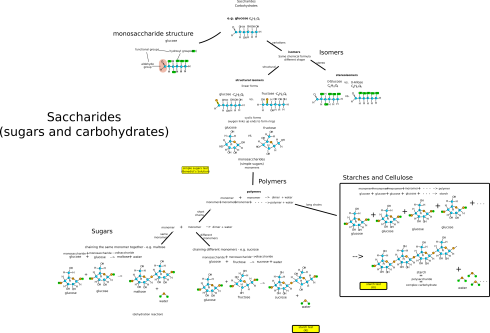
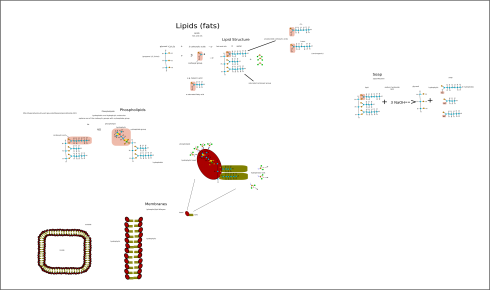
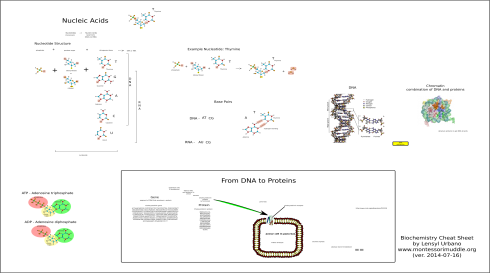
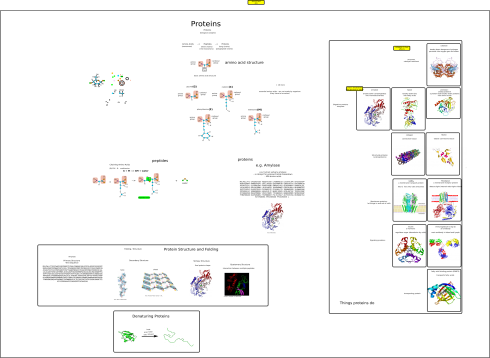
Middle and High School … from a Montessori Point of View
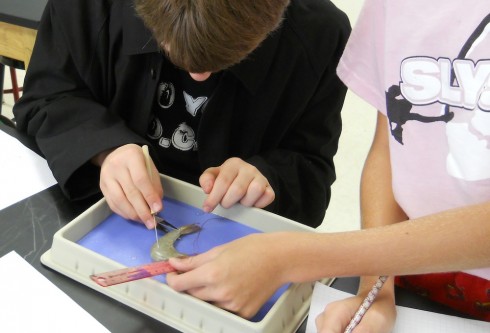
Our middle-school dissections have moved on from hearts to whole organisms. This week: jumbo shrimp.
I particularly like these decapods because the external anatomy is simple but interesting, including: eyes on stalks; a segmented body; 5 pairs of swimming legs; 5 pairs of walking legs. The simple, clear layout make them a good subject for students to work on improving the accuracy of their full-scale drawings.
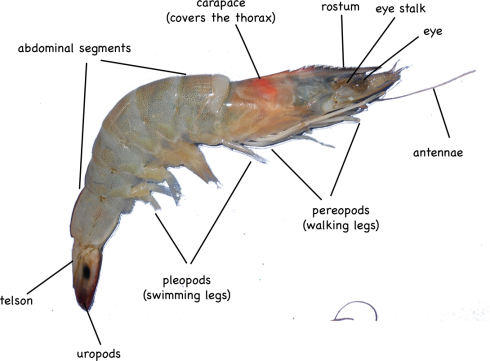
The internal anatomy is a bit harder to distinguish, however, since the organs are relatively small. Most of my students found it difficult to remove the carapace without smushing everything inside the thorax, which includes the stomach, heart, and digestive gland.
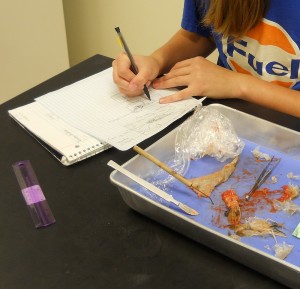
The abdominal segments were easy to slice through, on the other hand, and we were able to identify the hindgut (intestine), which runs the length of the back side, and the blueish-colored, nerve cord that is nearer the front (ventral) side.
Under the microscope, you could see little mineral grains in the contents of the gut. Although I did not manage to, I wanted to also mount the thin membrane beneath the carapace on a slide. If I had, we might have been able to see the chromatophores, “star- or amoeba-shaped pigment-containing organs capable of changing the color of the integument” (Fox, 2001).
Richard Fox (2001) has a good reference diagram and description of brown shrimp anatomy.
M. Tavares, has compiled some very detailed shrimp diagrams (pdf) (originally from Ptrez Farfante and Kensley, 1997)
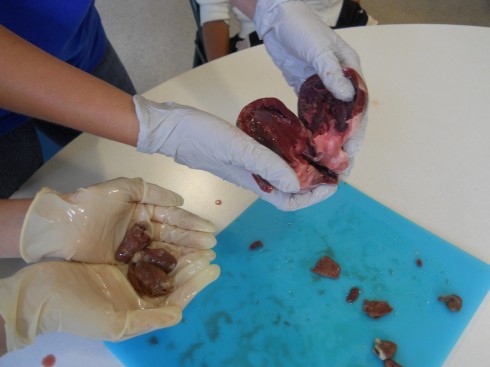
My middle school class has been looking at organ systems and we’ve started doing a few dissections. We compared chicken and pig hearts last week.
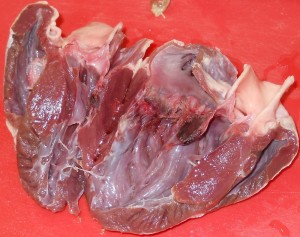
Pig hearts are large and four-chambered like ours, so they should have matched up very well with the diagrams from the textbook. However, real life tends to be messy, which is one of the first lessons of dissection. It was tricky finding all the chambers, and identifying the valves, even when you knew what you’re supposed to be looking for. It is especially difficult, as one of my students noted, because everything isn’t color coded.
Chicken hearts are a bit trickier, because they’re a lot smaller. They also have four chambers, but the main chamber (the left ventricle) is so dominant that it’s easy to assume that there’s only the two (or even just one) chambers.
One student’s interesting observation was that the pig heart was a lot more pliable than the chicken heart. My best guess was that the chicken heart is made of a tougher muscle — it’s denser and more elastic (in that it rebounds to its original shape faster) — because has more work to do: chicken heart rates can get up to 400 beats per minute (Swinn-Hanlon, 1998) compared to 70 beats per minute for the pig.
To get a better feel for the texture, and to engage our other senses in our observations on the hearts, at the end of the dissection, which was conducted in the dining room using kitchen utensils, I fried up some of the chicken hearts with onions for lunch.
There are a number of nice labs for heart dissections online:
The hearts were purchased at the Chinese supermarket, Seafood City. There seems to be a greater organ selection on the weekends.